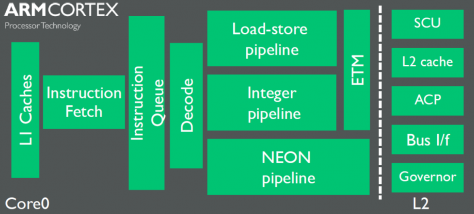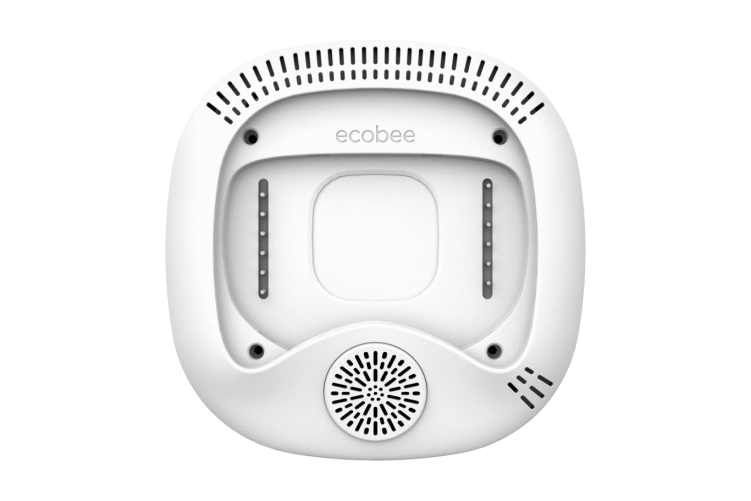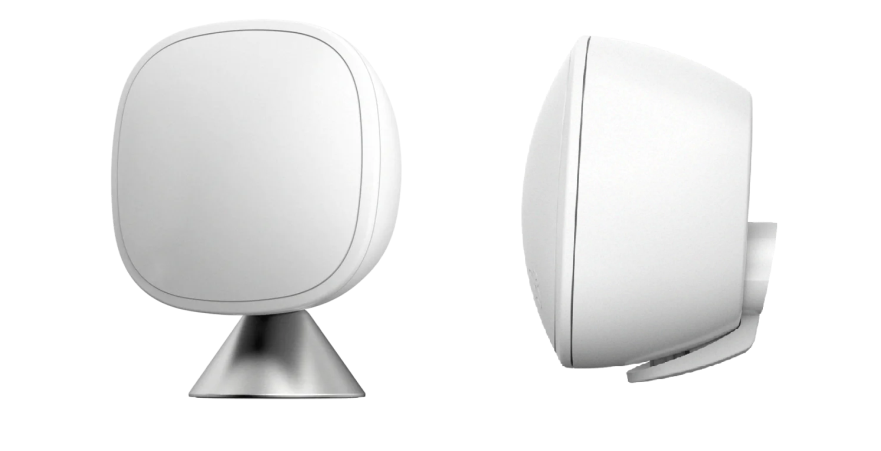Introduction
An innovative home system is one of the unique modern technologies implemented by many intelligent systems: Ecobee Smart Thermostat – an intelligent design with software to control energy consumption. The device is medium-sized and consists of two parts: the thermostat with a glass display, a quad-core processor, and SmartSensor that picks up environmental signals. The thermostat has digital data transmission to the user and is compatible with the small detail and the user’s device. SmartSensor consists of air sensors (temperature, humidity, proximity, and occupancy) and a controlled voice assistant; it is automatically controlled by the thermostat and has built-in microphones, speakers, and speech recognition. Ecobee Smart Thermostat maintains a comfortable temperature and humidity in the home. The system allows you to reduce energy costs and regulate an environmental load of your home. The report describes the construction of the thermostat parts, their relationship to each other, and their control.
A Detailed Description of the Object
Thermostat
The thermostat is the central part of a rather large-sized device that controls an intelligent system with sensors. This part can convert the signal received from the sensor using a powerful processor and record the data on a memory card. The next-generation Cortex A35 processor allows for high performance with less energy to run its costs. One can see the scheme of a processor in figure 1.

Due to the economical operation of the processor, the thermostat runs offline for long periods. The robust process ensures interfacing with other home components such as electric light sources, heat pumps, humidifiers, fans and dryers, and users’ mobile devices. The small RAM, which stores the currently running machine code, is enough to serve the device at high speed. The built-in memory is only 4 gigabytes, but this amount is enough to store the comfort settings set by the user. The thermostat uses communication channels to connect to Wi-Fi or Bluetooth 5.0. The allowable settings are Wi-Fi up to 5 GHz, the possibility of IP addressing, and the identifier of the device in the network is extended to static or dynamic (DHCP).
Thermostat Connection
The thermostat consists of an enclosure with elements for communication with the house’s internal systems and a glass display, which provides digitalization of the data. The case size is 6.2 inches by 6.2 inches, and the display size is 4.29 inches by 4.29 inches – a compact enough unit that can be easily placed anywhere. There is a hole in the enclosure through which to run the cables for those elements of the house that need to be controlled: electricity, fans, and cleaning systems. Figure 2 shows the in-build elements below the thermostat display.

The available wire terminals are Rh, C, Y1 and Y2, PEK, O/B, and others. The AC connection is within 24 V via the C and Kc terminals, providing up to 3.5 VA of power. After connecting all the wires, the device must be started by allowing the internal settings to control the connected systems. The LCD display shows the corresponding characteristics: date, time, location, humidity, temperature, and amount of energy consumed. The information requested by the user is transmitted to the mobile or other devices on-demand or automatically. All settings can be adjusted according to the user’s needs.
Smart Sensor with Voice Control
An optional part of the Ecobee Smart Thermostat is a small part with temperature and motion sensors. The sensor also recognizes voice commands and connects to Siri, Alexa, and other voice assistants. The sensor is small (1.6 inches by 2 inches) and consists of a plastic-metal housing and a stand. Figure 3 shows the sensor from two perspectives.

The sensor is placed anywhere in the apartment but 20 feet from the thermostat. It preserves signal transmission, which uses 915 MHz radio waves. The sensors have a viewing angle of up to 140 degrees horizontally and 100 degrees vertically. Sensors recognize the temperature in the room by using a chip with the perception of infrared radiation. The device acknowledges thermal objects in the same pattern: the temperature of passing objects will be higher, and the SmartSensor sends a signal to the thermostat. The thermal signals are received to trigger a command to the device, and the machine can regulate the heating or cooling of the room. The device is powered by the CR-2477 battery included in the package.
Conclusion
Ecobee Smart Thermostat is an intelligent device that allows you to regulate the temperature and humidity in the room and monitor the energy consumption of home maintenance. The device consists of a thermostat with an LCD display and a network location in the housing and a SmartSensor with sensors and a voice recognition system. This system allows you to monitor the state of the central system of the house – electricity, and due to the powerful processors and the use of the economical battery, the consumer’s costs are reduced.
References
Kinjal, D. (2015). Introducing Cortex-A35: ARM’s most efficient application processor. ARM community. Web.
Smart Sensor. (2019). ecobee. Web.
Smart Thermostat with voice control. (2019). ecobee. Web.